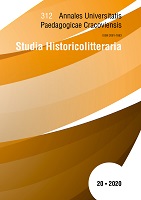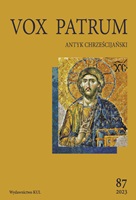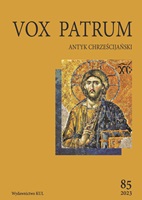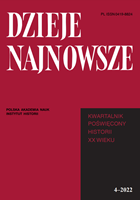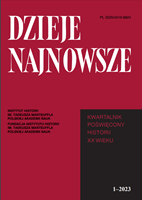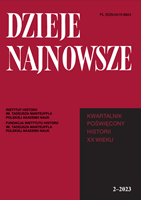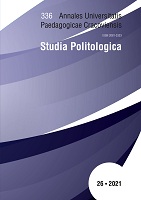
Polityczność polskiej prasy dla kobiet w latach 1989-1992
The political transformation in Poland resulted in the politicization of social life. It was also due to the press, including the women’s press sector. At that time, in press intensified the discourse on political changes and forecasted the direction of reforms, drawing also her own scenarios of solutions to women’s problems. The aim of the research was to show the political dimensions of the Polish press for women in the years 1989-1992. The research covered the most widely read magazines for women dealing with social and political issues on the agenda: the weeklies „ Kobieta i Życie”, „Przyjaciółka” and „ Zwierciadło ”. Two hypotheses were formulated: 1) the editorial staff of the Polish press for women in the indicated research period did not avoid political declarations, 2) the political discourse was undertaken through the prism of gender equality not so much in the formal and legal dimension as in practical. Qualitative analysis of the press content was used in the research.
More...
